Happy August! August is a month full of saints’ days and three important holy days: the Transfiguration, the Assumption and the Queenship of Mary. These three days focus our minds on heaven and by following the example of Jesus, Mary and the saints, we’ll be climbing the ladder to heaven. Below you can download the PDF for this month’s liturgical calendar game. You can also read more about the saints and make some new heavenly friends.
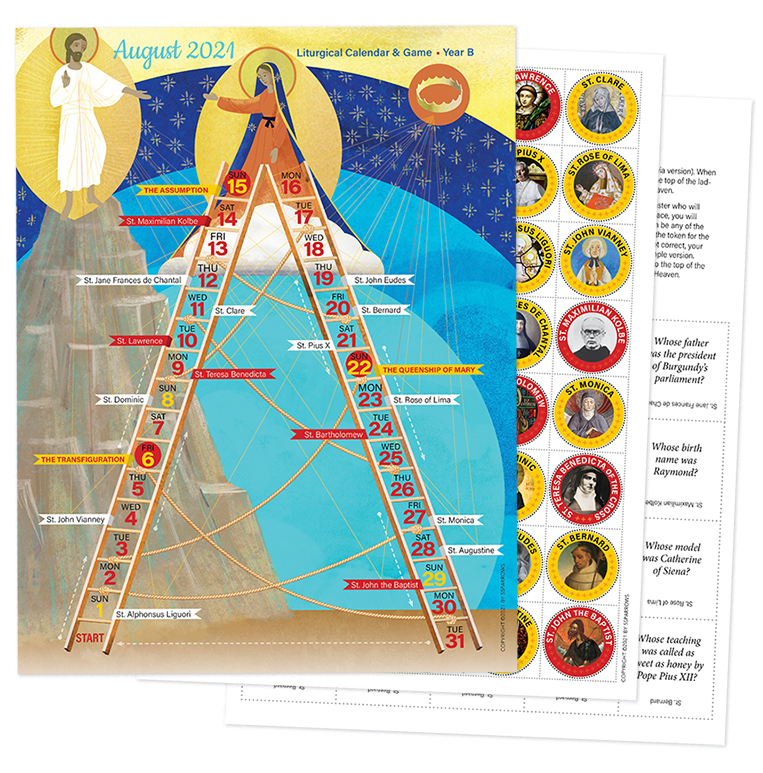
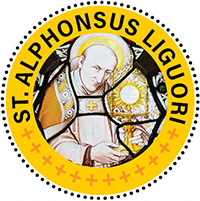
Alphonsus was born in 1696. He gave himself fully to whatever he did despite trials and difficulties. He began practicing law at the age of 19 and, although he was considered a genius in this career, he gave it up to become a priest at the age of 30. Even though he struggled with extreme ill health, he helped homeless children, founded the Redemptorists, preached and taught extensively, aided the poor, and served as bishop of Sant’ Agata dei Goti.
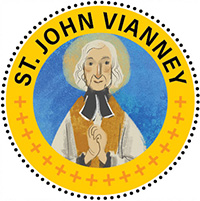
John Vianney was born in France in 1786. Unlike Alphonsus, he was not a genius and struggled to complete his studies for the priesthood. He was only ordained at last due to the influence of Abbé Balley. But at first, he was not even allowed to preach or hear confessions. He was assigned to a small parish called Ars. In Ars, very few went to church or lived their lives for Jesus. Due to John’s love and prayers for his people, he gradually changed the whole town and soon people from the surrounding areas were coming to Ars. He often spent as many as 16 hours in the confessional.
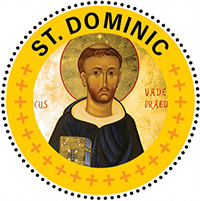
Dominic was born in Spain in 1170. From a young age, he had a great concern for the poor and anyone in trouble. At the age of 25, he found his life’s work when traveling through the south of France with his bishop. The people living there were being led away from God by false teaching. Dominic founded the Order of Preachers who would dedicate themselves to preaching the truth. They led lives of poverty so that people could see that they were followers of Jesus. His order had great success and many returned to God.
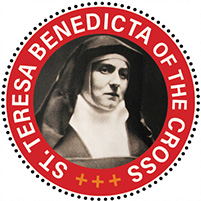
Teresa Benedicta of the Cross was born Edith Stein in 1891 in the town of Breslau in eastern Europe. She was not a Catholic but had a great interest in philosophy and truth. She was the first woman to obtain a doctorate in Philosophy. When she read the autobiography of St. Teresa of Avila, it moved her to become a Christian. She eventually entered the Carmelite order. Because of her Jewish ancestry, she and her sister were killed by the Nazis in 1942.
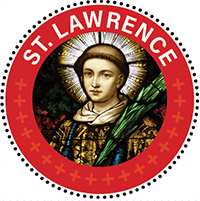
Lawrence lived in the third century during a time of persecution in the Church. He was a deacon when Sixtus was Pope. Sixtus was martyred along with his other deacons but Lawrence’s life was spared because he was in charge of the collection. He was told to collect the treasure of the Church. Lawrence knew what the true treasure of the Church is. On the day appointed, he brought many sick and poor people with him saying, “These are the treasures of the Church.” After this, he was killed and joined Sixtus and his fellow deacons in Heaven.
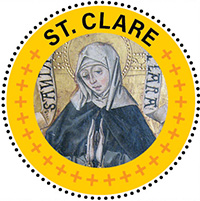
Clare was born in 1193 to wealthy parents. When she was 18, she left all her wealth behind and embraced a life of poverty under the guidance of St. Francis. For 40 years, she led a growing number of women in the order we now know as the Poor Clares. The example of Francis and his love of poverty has borne much fruit for the Church.
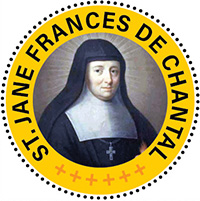
Jane Frances was born in 1572. At age 20, she married the Baron de Chantal. They had six children. Eight years later, her husband was killed in a hunting accident. After this sorrowful event, Jane found a new direction in her life. Her father took her to hear the famous preacher Francis de Sales. Francis became Jane’s spiritual director and together they founded the Visitation order. This was a new type of order in the Church since it accepted women who were not strong enough to join the more rigorous orders. They met with opposition but Francis and Jane continued in their good work. Jane said, “What do you want me to do? I like sick people myself; I’m on their side.” After the death of Francis in 1622, Vincent de Paul became her spiritual director. When Jane died after leading the order for 31 years, she was buried next to Francis de Sales.
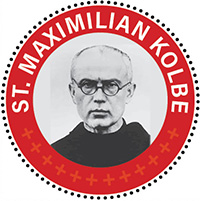
Maximilian was born in 1894 in Poland. He entered the Franciscan order at age 16. During his short life, he did an amazing amount of work. He started the Immaculata Movement to spread devotion to Mary, he founded a self-sufficient monastery with over 800 monks, he published magazines, launched a radio program, and founded monasteries in Japan and India. In 1941, he was arrested and sent to Auschwitz. He crowned his work with the supreme act of compassion when he gave his life so that the life of a fellow prisoner would be spared.
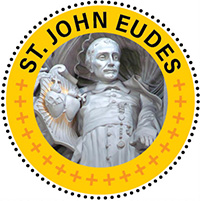
John was born in France in 1601. He became a priest during a time of plague. He wanted to care for the sick but did not want to infect his religious community. So he slept out in a field at night rather than returning to his home. Eventually he became ill. During his recovery, he studied the Word of God intensely. After he recovered, he worked unceasingly for God for fifty years. He formed men for the priesthood and founded two religious congregations. One congregation promoted devotion to the Sacred Heart of Jesus at a time when many did not believe in the loving Heart of Jesus. The other helped those who were trapped in sinful lives. He was called The Fisher of Souls.

St. Bernard was born in 1090. When he was 22, he entered a dying Cistercian monastery. He brought 30 men with him and they transformed this house. Bernard became abbot and founded 300 monasteries. He spent 38 years as an abbot and wrote and taught extensively. Many powerful people sought his advice. He is one of the 36 doctors of the Church.
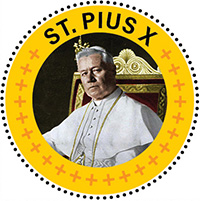
Giuseppe Sarto was born in a small farming village in Italy in 1835. After much hard work and sacrifice, he was ordained in 1858. His loving service as a priest was noticed and he was made Bishop of Mantua. Later he was made Patriarch of Venice. He remained very humble and continued to serve his people. At the papal conclave of 1903, Giuseppe was quite alarmed when it looked like he might be chosen as the next pope. When he was chosen, he decided to continue his life of service as Pope Pius X. His motto was, “Restore all things in Christ.” He is remembered for his encouragement for all to receive Holy Communion at a time when many were being kept away from Jesus by a false understanding of who Jesus is and what he wants.

Rose of Lima was born in 1586 in Peru. She was a hidden saint, yet she became the first canonized Saint of the Americas. She lived a life of poverty and penance while taking care of her parents. She was a third order Dominican and took St. Catherine of Siena as her model. She died at the young age of 31. By the world’s standards she accomplished nothing, but God sees things differently.

Bartholomew is one of the twelve apostles but very little is known about him. But we do know one very important thing. Jesus chose him. In a certain way he can stand in for all those who throughout the ages were chosen by Jesus but whose memories have faded from our sight.
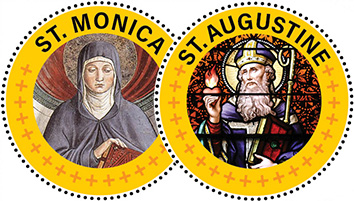
Monica was born in Africa in the 4th century. Her husband was a pagan and did not treat her well. He converted and was baptized shortly before his death. Her son Augustine was a great source of sorrow to her. He had not been baptized and rejected Catholic ways. He was very intelligent and tried to find the truth in philosophy and in the Manichean heresy. His mother followed him as he traveled to Rome and to Milan. She wept and prayed. Finally, with the help of St. Ambrose, Augustine converted and received Baptism at the age of 33. Monica died the next year, content that her son was on the right path. Augustine was ordained a priest in Hippo and was made bishop there in 395. He left many famous writings for the Church including The Confessions, his spiritual autobiography. He died in 430.
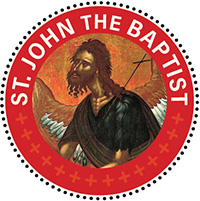
For the life of John the Baptist read Luke 1: 5-24, Luke 1: 57-66, Luke 3: 1-18, Matthew 3: 13-17, Matthew 11: 2-15, Matthew 14: 1-12
Game board design and illustration: Ted Schluenderfritz, Game Tokens: (in order) Lawrence OP/CC BY-NC-ND 2.0, Ted Schluenderfritz, Livioandronico2013/CC BY-SA 4.0, Public Domain, Workman/CC BY-SA 4.0, Sharon Mollerus/CC BY 2.0, Public Domain, MaryHarrsch/CC BY-NC-SA 2.0, Museo del Prado/Public Domain, Public Domain, Public Domain, Public Domain, Public Domain, Lawrence OP/CC BY-NC-ND 2.0, Jim Forest/CC BY-NC-ND 2.0
